Labor and Delivery - Placenta Cord
By: Administrator
Date Uploaded: 05/02/2019
Tags: Cord Detachment
Attachments: image.png (27KB)
Soon after a baby is conceived, a support system, comprised of the placenta and umbilical cord, begins to develop. These two structures are essential for sustaining a healthy pregnancy, explains Donald Davis, an obstetrician in Medicine Hat, Alta., and past president of the Society of Obstetricians and Gynaecologists of Canada. What are the placenta and umbilical cord? The placenta provides all the oxygen, water and nutrients the baby needs to grow in the uterus, and transmits fetal waste and carbon dioxide from the baby to the mother’s system for excretion. It also produces hCG (human chorionic gonadotropin), the hormone considered necessary to establish a healthy pregnancy. The placenta is attached to the fetus through the umbilical cord, the lifeline between mother and baby. It contains one vein, carrying oxygenated blood from the placenta to the baby, and two arteries, bringing deoxygenated blood from the baby to the placenta. How do they grow? When an egg is fertilized, it divides into two components — one becomes the embryo, which develops into the fetus, and the other becomes the placenta, which grows along the lining of the uterus. The umbilical cord develops from embryonic tissue and will grow about 60 centimetres long. What can a mother do to keep the placenta healthy? Healthy habits, such as eating nutritious foods and not smoking, are important during pregnancy. If you have health problems, such as high blood pressure, which can adversely affect the health of the vessels of the placenta, talk to your doctor before becoming pregnant. What are some complications of the baby’s support system? Placenta previa is a rare condition where the placenta develops in an abnormal position next to or covering the cervix. Sometimes women with this condition develop bleeding and require special care during pregnancy. In some cases, a low-lying placenta moves to a better place late in pregnancy, but if it is over the cervix at term, a Caesarean section is needed to safely deliver the baby. Placental abruption is premature separation of the placenta from the wall of the uterus, which usually causes bleeding. If it’s severe enough, this condition requires a Caesarean section. While it’s possible for the umbilical cord to get wrapped around the baby’s neck or a limb, this isn’t usually a cause for concern. In rare cases, the wrapped cord can become compressed, decreasing blood flow to the baby. If a problem with the cord is suspected, your physician may be able to identify it by listening to the baby’s heart or monitoring the blood through the cord with ultrasound. What happens after the birth? When the baby is born, the cord is clamped and cut. Recent Canadian research has shown that there are health benefits to delaying the cutting of the cord for about two minutes. If you have opted for cord-blood banking, blood will be painlessly withdrawn from the cord after it’s cut, but usually before the placenta is delivered. The uterus contracts a few times following the birth of the baby to expel the placenta (sometimes called the afterbirth). Your caregiver will then inspect the placenta to make sure it’s intact.
Add To
You must login to add videos to your playlists.
Advertisement



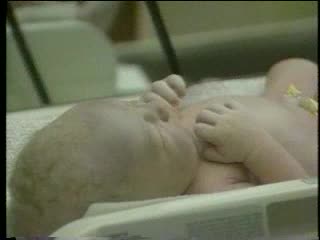
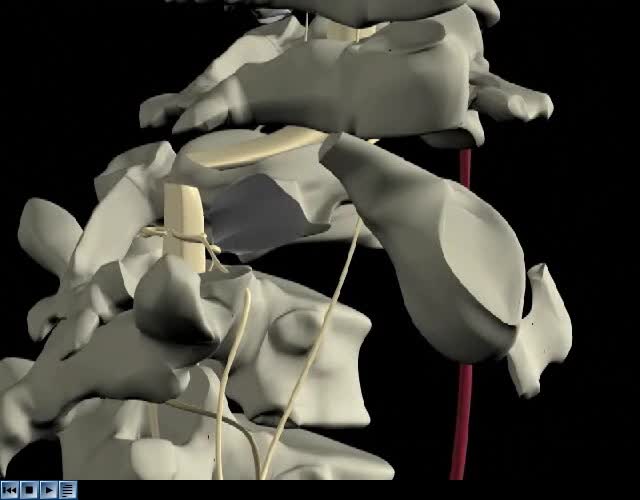
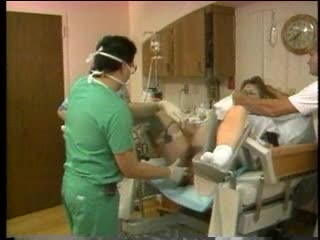

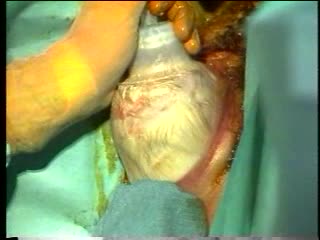
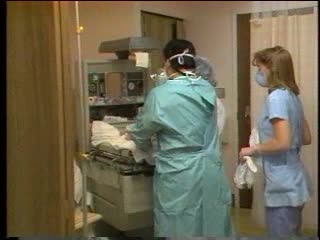
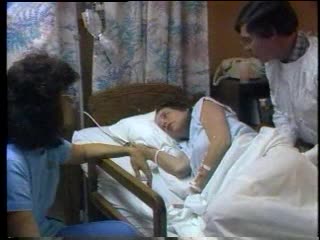
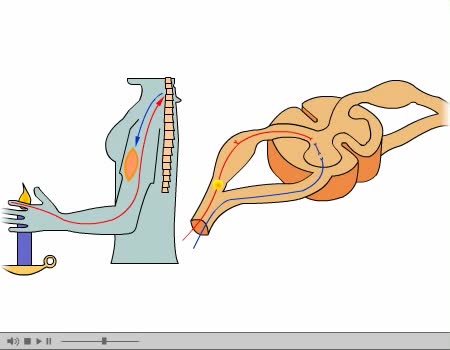

Comments
0 Comments total
Sign In to post comments.
No comments have been posted for this video yet.